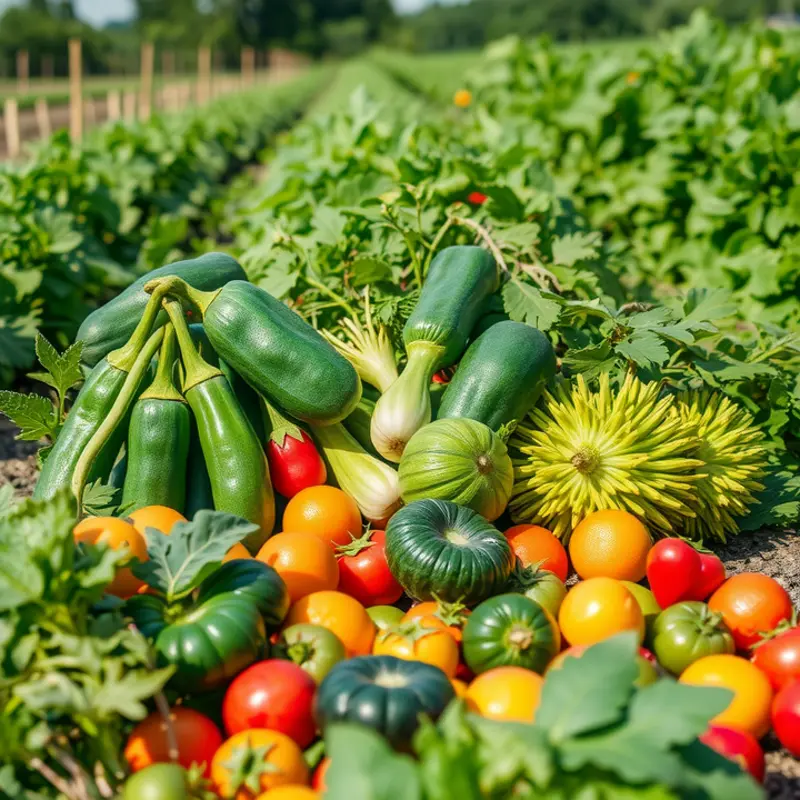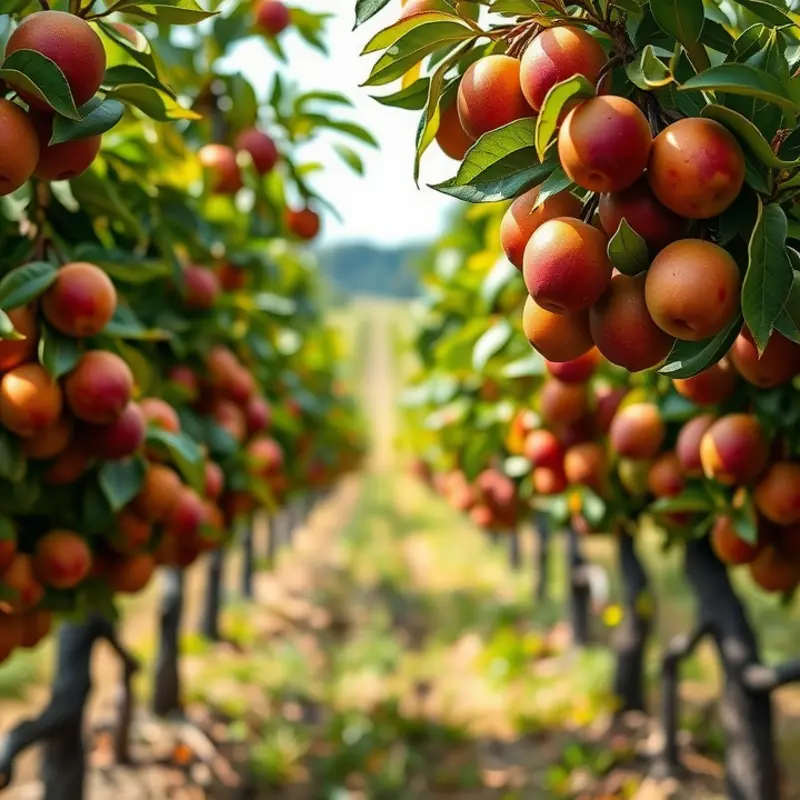Brown sugar can often become hard and clumpy, making it frustrating for home cooks eager to bake. Having the right techniques at your fingertips can ensure your brown sugar stays soft and easy to manage. By mastering a few simple methods, you can enhance your baking experience and create delectable treats without any hassle. Say goodbye to rock-hard brown sugar and hello to smooth, sweet perfection!
The Science Behind Brown Sugar Hardening

Brown sugar is an essential ingredient in many kitchens, known for its rich flavor and moisture-retaining qualities. However, its tendency to harden often presents a challenge to home cooks. Understanding the science behind this transformation can significantly aid in maintaining its desirable soft texture.
At its core, brown sugar’s softness stems from its moisture content. Brown sugar is essentially white sugar combined with molasses, which provides both its signature color and moisture. Molasses, rich in minerals, draws moisture toward itself due to the presence of humectants—substances that absorb and retain moisture.
When exposed to air without proper storage, brown sugar loses moisture, causing it to harden. The loss of moisture allows the sugar crystals to bond more tightly, transforming the sugar into a rock-like state. Humid environments can slow this process, but the effect is not everlasting. Understanding how to control moisture can prevent this unwanted hardening.
Ensuring effective storage is integral to maintaining soft brown sugar. Airtight containers are vital. These containers limit the sugar’s exposure to fluctuating ambient humidity levels that lead to moisture loss. Several storage methods used can be referenced from discussions on safer kitchen storage practices, which highlight the importance of preserving moisture in various ingredients.
Further, kitchen hacks, like using a piece of bread or a dampened terracotta disk, can temporarily restore moisture to hardened sugar. These items work by releasing moisture at a slow, consistent rate, thus gradually softening the sugar. However, prevention is typically more efficient than restoration, emphasizing the importance of correct storage.
Moisture maintenance goes beyond storage. For those living in drier climates, adding a slightly higher ratio of molasses when crafting homemade brown sugar can help. The extra molasses compensates for the quicker evaporation and provides a buffer against hardening.
Therefore, understanding the science of sugar hardening hinges on moisture equilibration. Recognizing how brown sugar interacts with moisture will empower cooks to better manage their pantry staples. Maintaining softness in brown sugar is not just about convenience; it ensures consistent culinary results. From baking to sweetening daily coffee, soft brown sugar integrates seamlessly, delivering its signature richness effectively into any dish it enhances.
Effective Techniques to Soften Brown Sugar

Dealing with hard brown sugar can feel like chiseling a brick. Fortunately, a variety of methods can help home cooks of all skill levels transform rock-hard granules into soft, workable sugar. Here, we explore several effective techniques, guiding you through each step to achieve sweet success in your kitchen.
Microwave Method
The microwave provides a swift solution. Place the hard sugar in a microwave-safe bowl and cover it with a damp paper towel. Heat on high for 20-second intervals, checking in between. Be cautious not to overheat, as sugar can easily melt. This technique is perfect for those needing immediate results.
Oven Technique
If you prefer an evenly distributed heat source, the oven method is effective. Preheat your oven to 250°F (120°C). Spread the sugar on a baking sheet and cover with aluminum foil. Heat for about 5 minutes, then check the sugar’s consistency. Continue baking in short intervals if necessary, but avoid overheating to prevent melting. This approach works best for larger quantities.
Moisture Addition
Reintroducing moisture into your brown sugar is a simple yet effective way to restore its softness. Place a slice of bread, a few apple slices, or a dampened piece of terracotta (available at some kitchen stores) into the airtight container with the sugar. Seal it tightly and leave it overnight. The sugar absorbs the moisture slowly, ensuring a gentle softening.
Water Method
For an immediate fix, try the water method. Sprinkle a light mist of water onto the sugar in a bowl, then work through the clumps with a fork. Be careful not to add too much—just enough to break up the chunks. This technique requires careful attention as excess water can dissolve the sugar.
Blender or Food Processor Option
Using a blender or food processor can turn hard sugar into a usable state. Pulse the rock-hard sugar in short bursts, watching carefully to avoid reducing it to powder. This method offers a quick fix, particularly if you’re in the midst of baking.
For those interested in reducing kitchen waste, integrating any extra softened brown sugar into future meals is a great strategy. Consider exploring low-waste cooking and prep techniques to maximize your ingredients and minimize waste.
Each of these methods offers a unique path to achieving the same goal: soft, usable brown sugar, ready to be measured into your favorite recipes. Choose the technique that best fits your needs and resources, ensuring your baking not only tastes sweet but runs smoothly.
Final words
With these simple techniques, you can easily keep your brown sugar soft and ready for baking. By understanding the reasons why brown sugar hardens and utilizing quick methods such as using a slice of bread, a wet paper towel, or even a microwave, you can enjoy smooth sugar in no time. Baking should be an enjoyable experience, and having soft, usable brown sugar will help elevate your culinary creations. The next time you reach for that hard brick, remember these handy tips and turn it back into a soft, sweet pleasure!







